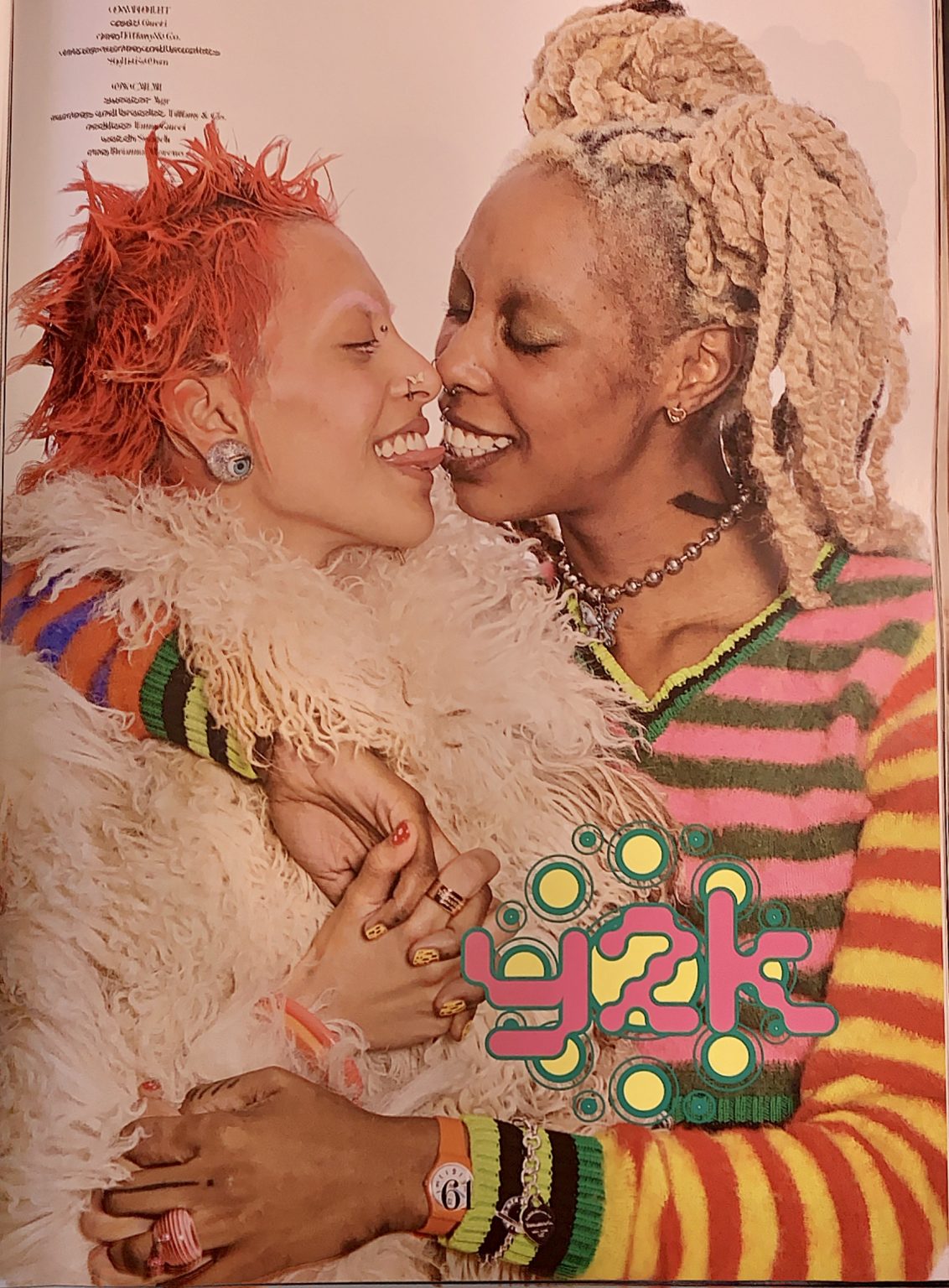“You should be exactly who you feel like you are and want to be in that moment.” It was a style clarion call to Gen Z, uttered by (then) teen superstar and fashion icon Billie Eilish in an interview and jaw-dropping photoshoot for British Vogue in 2021. Casting aside her oversized t-shirts, baggy pants, and bucket hats, she donned custom-made bustiers, dresses, and catsuits styled after vintage ’20s, ’30s, and ’40s lingerie. As if finally emerging from a dark cave (hadn’t we all felt that way after the tumult and uncertainty of 2020), she spoke to not only her young fans but the fashion world in general, urging them all to stop relying on what’s hot or trendy at the moment and instead adopt a personal style all their own.

The message, it seems, was well received as trend forecasters everywhere began to notice their jobs getting more and more difficult. George Arnette from Vogue Business certainly recognized the change and set out to interview industry experts on the subject: “This pandemic has brought to light that fashion seasons are kind of nonsense,” says Gordon-Smith. She anticipates a move to more trendless and seasonless approaches by fashion brands, with collections driven by the individual vision of the brand rather than one tapping into shifting seasonal trends. This shift in focus for the fashion consumer could be attributed to any number of things, from the lingering effects of the pandemic to increased concern over environmental impacts and even a general decrease in spending money. . .but one key element is missing from the equation, the impact of an entirely new generation of tastemakers with the technological aptitude to influence at the speed of light!

The lockdown of 2020 saw millions of teenagers and young adults shut away in their rooms with nothing to do but scroll and post to Instagram and TikTok, order reasonably-priced used clothing online from places like DePop or Poshmark, and style what already existed in their closets in new and interesting ways. Kelsey Weekman of In The Know explained, “Since the COVID-19 pandemic began and TikTok usage increased 180% among 15- to 25-year-olds, we’ve seen fashion from the 60s, the 70s, the 80s, the 90s, Y2K, and the 2010s ‘Tumblr era’ come back in style. Those are a lot of trends to cram into a measly two-year period.” Rebecca Jennings noted to NPR that “TikTok has a weird way of making every single thing in style at once”. What once were seasonal trends have now become what are known as Cores, or a grouping of loosely related styles. Gothcore, Cottagecore, Grungecore, Fairycore, Kidcore, Futurecore, Queercore, Utilitycore, and the oft-unknown Gorpcore (which refers to an outdoorsy, hiking style) are all keywords that populate these online Gen Z-dominated spaces. No longer are people looking to Vogue, Harpers Baazar or the various cities’ fashion weeks and runway shows for their next trend fix…they’re logging on to social media to see what 18-year-old Susie in small-town America styled for her second date with Brady. And what they’re finding is style elements from every era artfully contoured into an elegant but utilitarian outfit that can easily transition from day to night with the addition of accessories that fit into a purse…all purchased from her local second-hand shop, of course.
These 16- to 25-year-olds are utilizing their now substantial buying (and influencing) power to drive the market away from a seasonal trend cycle, what many call a wasteful consumerist venture, and more towards a sustainable, personal style-oriented wardrobe. They see old-school fashion influencers as vapid, unoriginal, and easily bought. Words like ‘Tired,’ ‘Boring,’ and ‘Old’ inundate fashion criticisms on TikTok, and small, independent fashion designers are rising to the top of the market.

Which might be why at this year’s Paris Fashion Week, in a fashion world first, Bella Hadid stood mostly nude on a stage while designers sprayed on a polymer coating that was then styled into an elegant cocktail dress through artful snipping and stretching. Novelty is the name of the game, and Gen Z is not only winning; they’re dominating.
So what will the future of fashion look like? To imagine this, we need only to look around us at a changing technological landscape. The advent of the internet connected the world, and like all new advancements, it only took a decade to radically influence not only fashion but culture in general. Fashion, being the outward illustration of this new era’s zeitgeist, will show us the thoughts and beliefs of our next consumers….originality, novelty, practicality, and sustainability are all keywords to keep in mind. Trend forecasters, fashion houses, and industry experts would be wise to take a page from Gen Z’s fashion playbook if they wish to remain relevant in an ever-changing society.
